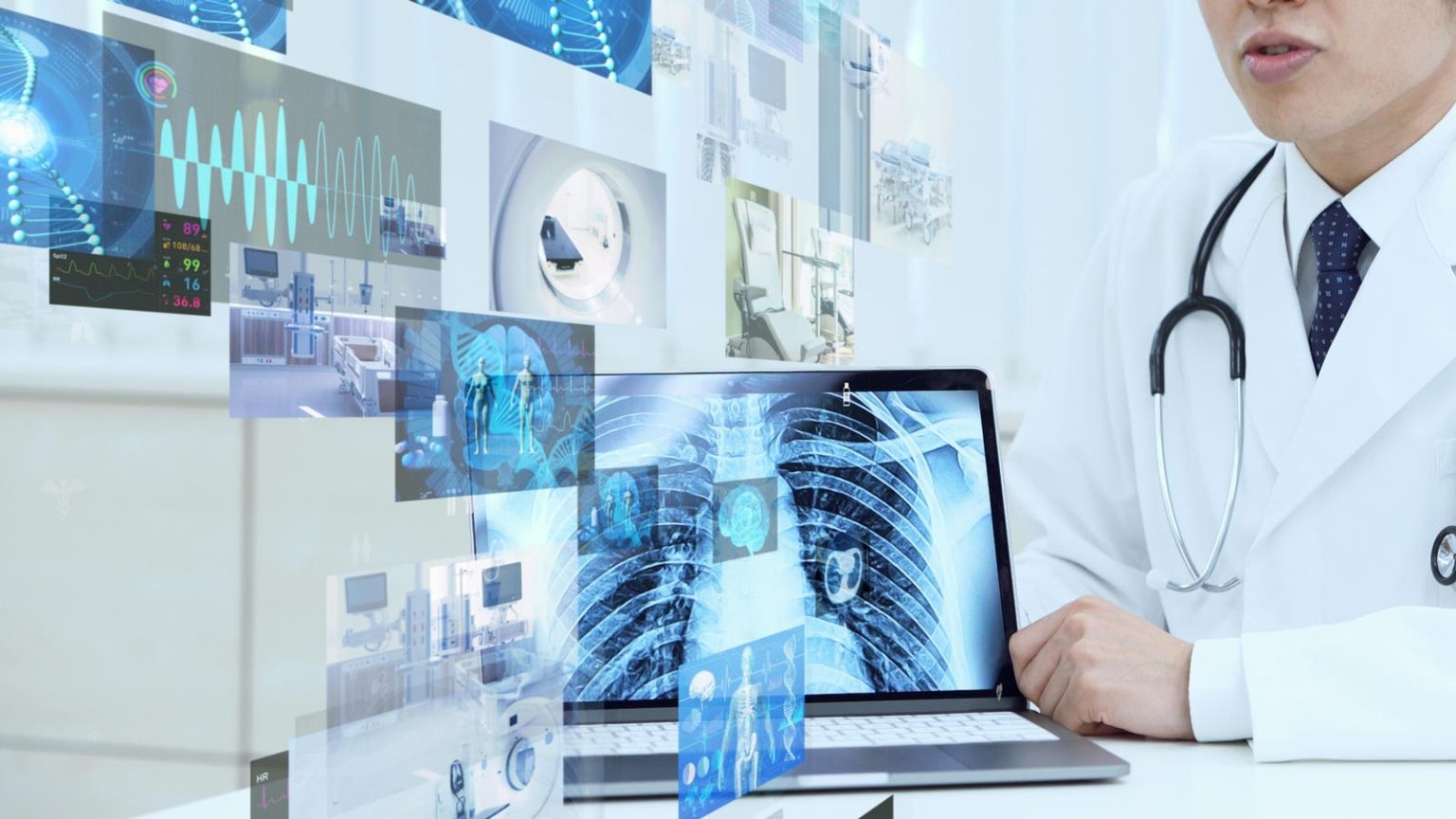While artificial intelligence-aided diagnosis may seem futuristic, a radiologist who declared, “AI is something I use every day” presented a recent National Academy of Medicine workshop with compelling examples of its promise and perils right now.
AI-supported analysis of diagnostic images has been commonplace for more than a decade. It “affects every patient encounter I have,” said Dr. Jason Poff, a practicing radiologist in Greensboro, NC, and director of innovation deployment at Radiology Partners, whose owned and affiliated practices account for about 10% of all images read nationwide.
On the upside, AI “can weave a story looking at something 10 years ago,” using disparate data in the patient record to assemble a structured overview. It can detect abnormalities a radiologist might not see; e.g., the 56-year old woman with left chest pain who had a rib fracture the radiologist missed. And unlike human radiologists, who might stop at a certain number of diagnoses of complex cases, the AI can present all possibilities.
But, cautioned Poff, “gains are not automatic. Nothing here is guaranteed. We spend a lot of time diving into all the failure modes, the ways the AI can lead you astray.”
AI can produce both false positives, with humans sometimes having to override the AI “to stop unnecessary surgical intervention,” and false negatives by, for instance, overlooking a significant finding that wasn’t part of their training. Diagnostic accuracy can vary by condition.
Uncertainty “is something AI constantly struggles with,” added Poff, tactfully omitting similar struggles that can afflict human physicians.
The key is how humans interact with the AI. For instance, when looking at a patient in real time, “How much should I trust this AI right now?” Poff suggested there might be a series of warning lights showing whether the patient’s potential diagnosis was in an area for which the AI was trained, possibly outside it or definitely outside.
Then, of course, there’s the issue of money, as Dr. Yvonne Lui, associate chair for artificial intelligence at New York University’s Langone’s Department of Radiology pointed out. “The actual benefit and costs to society are not known” of AI tools that can be expensive, she said. For instance, when her group tried to use AI to reduce unnecessary recalls for extra images of patients scanned for possible breast cancer, the recall rate – and medical costs and patient anxiety – actually went up.
“We have to find the specific use cases where these AI tools will benefit,” she said.
Similarly, Poff’s group tried to use AI to detect pneumothoraxes (collapsed lungs). All the genuine cases it found had been detected by radiologists, but in addition there were false positives.
Despite the challenges, the radiologists predicted AI use would inevitably increase in scope to keep pace with the overwhelming number of images ordered and needing to be read.
Perhaps most crucial for appropriate adoption is recent research demonstrating the variability of what happens when humans and AI interact. A study published in March in Nature Medicine found that AI increased the accuracy of some radiologists’’ performance, while hurting the performance of others. In the latter camp, some clinicians who should have overruled the AI were reluctant to do so, while others who could have benefited from the recommendations overruled them. Clinicians’ different levels of experience, expertise and decision-making styles were the keys.
Said one senior researcher in a Harvard Medical School press release, “Our research reveals the nuanced and complex nature of machine-human interaction.”
The “machine” itself is also nuanced. In a brief overview of the evolution of AI from rules-based models to deep learning to large language models, Google Health chief clinical officer Dr. Michael Powell warned that “the real world is messy. The technical details matter. If you conflate different types of AI, you may not get effectiveness or safety.”
But, he added, “there’s an unbelievable opportunity. We know what the future will look like, we just don’t know whether it’s 10 years away or 100 years away.”
Read the full article here





